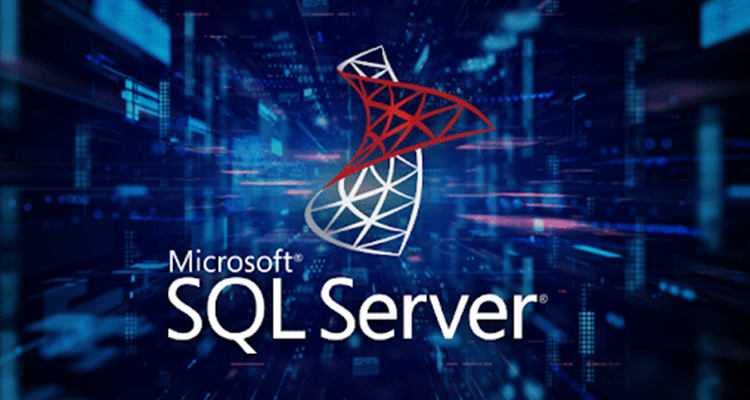Difference between localDb, SQL Server CE and SQL Server Express
 Sundeep Kamath
Sundeep Kamath
While the different versions of SQL servers help cater to different needs of a developer, many a time they also end up creating confusion for those who aren't aware of their respective roles.
Many articles try to explain this difference, I've tried to consolidate these in one place for my reference.
Hope it helps you all as well.
In a nutshell,
SQL Server Express
It is a free SQL Server edition, fully compatible with and easily upgradeable to higher SQL Server editions.
It can be used for learning, training and running a relatively small production database (with less than 10GB of data).
Upgrade from SQL Express to paid SQL Server editions is a matter of typing in a license key and no installation is required.
SQL server express was initially introduced to provide the developers with a small, simple, low-footprint installation.
This would require no configuration or administration, be run as a non-admin user etc.
Why was there a need to introduce LocalDb?
As SQL Server products matured more complexity got introduced.
It became harder and harder for SQL Express to be both compatible with other SQL Server editions and be small/simple.
The challenge is most visible in the installation and configuration of SQL Express.Hence LocalDb or SQL Server "Denali" was introduced.
It is a dedicated version of SQL Express for developers - LocalDB that delivers simplicity and yet is compatible with other editions of SQL Server at the API level.
LocalDb
LocalDb is created specifically for developers.
LocalDB uses the same sqlservr.exe as the regular SQL Express and other editions of SQL Server.
(By default it is located atC:\Program Files\Microsoft SQL Server\110\LocalDB\Binn)It is not a replacement for SQL Server Express but an addition to the lineup.
The application is using the same client-side providers (ADO.NET, ODBC etc.) to connect to it and operates on data using the same T-SQL language as provided by SQL Express.
LocalDB is installed once on a machine (per major SQL Server version).
Multiple applications can start multiple LocalDB processes, but they are all started from the same sqlservr.exe executable file from the same disk location.LocalDB doesn't create any database services; LocalDB processes are started and stopped automatically when needed.
The application is just connecting to "
Data Source=(localdb)\v11.0;IntegratedSecurity=true" and LocalDB process is started as a child process of the application.
A few minutes after the last connection to this process is closed the process shuts down.When an application uses any of the client-side providers (like ADO.NET, ODBC or PDO) to connect to
"Data Source=(localdb)\v11.0", the provider will first check if LocalDB instance for the current user is started.
If it's already started the application will connect to it.
Otherwise, the LocalDB instance for the current user will be started and then the provider proceeds to connect to it.
Note that each user (Windows login) may have their own LocalDB instance that is isolated from instances of other users.LocalDB connections support AttachDbFileName property, which allows developers to specify a database file location.
LocalDB will attach the specified database file and the connection will be made to it.
For example:
Assume that a database file (*.MDF file with the corresponding *.LDF file) is stored at"C:\MyData\Database1.mdf".
The developer can start working with it by simply using the connection string:"Data Source=(localdb)\v11.0;Integrated Security=true;AttachDbFileName=C:\MyData\Database1.mdf".
SQL Server CE vs LocalDb
SQL Server CE, just like LocalDb is a small and simple database, with a lightweight installation, and can directly connect to a database file.
The huge benefit of LocalDB is that it's a real SQL Server - it's a special version of SQL Server Express, but it supports everything that a "real" SQL Server has - spatial data types, stored procedures etc.
SQL Server Compact Edition on the other hand is a very much scaled-down version - a lot of features and datatypes aren't supported. It's smaller and more agile.
Execution mode:
SQL Server Compact is an in-proc DLL, while LocalDB runs as a separate process.Disk usage:
All SQL Server Compact binaries amount to some 4MBs, while LocalDB installation takes 140MBs.Features:
SQL Server Compact offers core RDBMS functionality like querying, while LocalDB provides a much richer set of features, including Stored Procedures, Geometry and Geography data types, etc.
References
Subscribe to my newsletter
Read articles from Sundeep Kamath directly inside your inbox. Subscribe to the newsletter, and don't miss out.
Written by

Sundeep Kamath
Sundeep Kamath
My name is Sundeep Kamath. I’m a programmer based in Hyderabad, India. I work at Microsoft, but this blog, its content and opinions are my own. I blog about technology, code and the web.